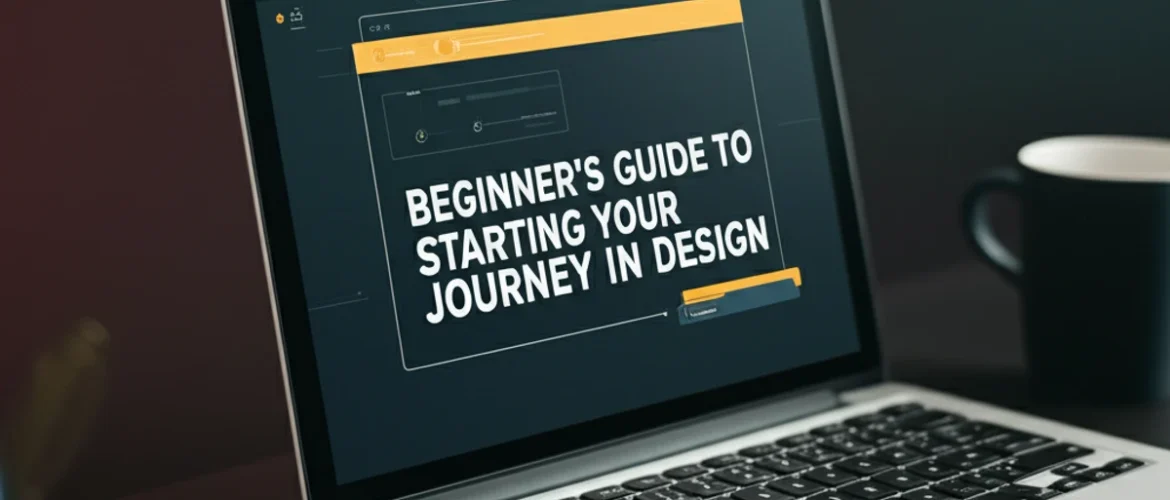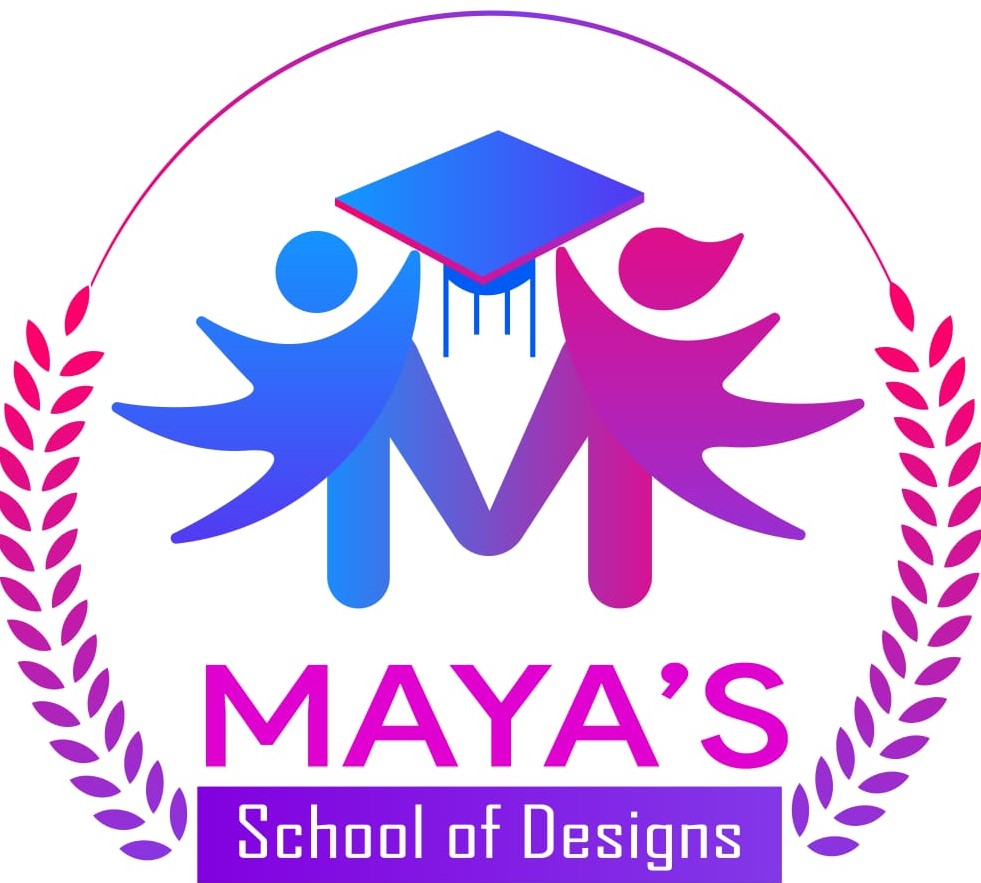Blog
Beginner’s Guide to Starting Your Journey in Design
- September 20, 2025
- Posted by: admin
- Category: ** Design

Journey in Design ## Unlocking Your Inner Architect: A Beginner’s Guide to Starting Your
Do you ever find yourself gazing at a beautifully crafted app , a striking magazine layout or a organized perfectly space, and a little spark ignites within you ? Maybe you doodle intricate patterns in your notebook, or you’re the unofficial “fixer” when friends struggle with confusing websites . If a world where creativity meets problem-solving beckons then you’re likely at standing the precipice of an incredible journey: the journey into design.
This isn’t just about making things look pretty; it’s about shaping experiences communicating ideas and solving real-world challenges with intention and ingenuity . As someone who once stood exactly where you are – a student brimming with curiosity but unsure of the first step – I understand the mix of excitement and apprehension. Consider this friendly your no-nonsense beginner guide design a companion to help you navigate the vibrant landscape of design education and discover where your unique talents can truly shine.Let’s peel back the layers and explore what it truly means to embark on this path.
What is Feeling This in Your Gut, and Why Does It Whisper “Design” ?
Before you even think about pixels or palettes pause and reflect on that innate pull you feel. For me it was a moment during a high school presentation when realized I the clunky , text-heavy slides obscuring were truly brilliant ideas. The feeling wasn’t just “I could do better, ” but “I want to make it clearer, more engaging,more impactful.” It was the thrill of connection the power of visual storytelling.
Perhaps your whisper comes from a different place: a fascination with how products feel in your hand an urge to organize information so it makes perfect sense or a delight in crafting a visual narrative. This isn’t just a fleeting interest; it’s often an early indicator of an empathetic, problem-solving mind that thrives on structure aesthetics, and impact.at Design its heart is empathy made visible a systematic approach to enhancing human experience. Recognizing this core motivation is your very first and most step crucial.
Where Do I Even Begin to Sketch My Path?
The world of design is vast, glittering with specializations diverse. You might feel like a tiny boat in a massive ocean wondering which current to follow. Should you dive into Graphic Design, crafting logos and brand identities? Perhaps User Experience (UX) Design focusing on how people interact with digital products, feels more aligned with your problem-solving spirit.maybe Or Industrial Design, shaping physical products, is your calling. There’s also Interior Design Fashion Design Motion Graphics Web Design and so more much . Don’t feel pressured to pick one immediately.
Think of this initial stage as playful exploration. Read articles watch documentaries about famous designers browse portfolios on platforms like Behance or Dribbble . Pay attention to what sparks genuine curiosity and what keeps you scrolling . This isn’t about committing; it’s about collecting data points for your inner compass. Many great designers didn’start t a with clear niche; they stumbled upon it through experimentation and following what genuinely them excited.
Do I Need a Formal Compass, or Can I Wander Freely?
This is a question many aspiring designers grapple with , and there’s no single right answer. Design education through universities and colleges offers a structured,immersive environment.You’ll gain a strong theoretical foundation critical feedback from experienced professors,opportunities for collaboration and often access to industry-standard tools and resources. A formal degree can a provide comprehensive understanding of design principles , history , and methodology which can be invaluable for long-term career growth and building a robust professional network . It’s an investment in a holistic learning experience .
However the digital age has democratized learning significantly. There’s a burgeoning ecosystem of online design courses bootcamps and self-taught paths. Platforms like Coursera Skillshare and even YouTube offer incredible resources to learn specific tools or skills. Many successful designers are self-taught or have augmented their formal education with continuous online learning . If you’re self-disciplined and resourceful, a more independent route can be incredibly effective and often more flexible.key The is to be proactive seek out projects,and actively build a portfolio that your showcases abilities , regardless of your educational background.
What Tools Will Carve My Vision Into Reality ?
the While mindset of a designer paramount is , having the tools right certainly helps bring your ideas to life. Think of them as extensions of your creativity . For digital design familiarizing yourself with software like Adobe Photoshop Illustrator and InDesign (for graphic design), Figma or and Sketch (for UI/UX design) is almost non-negotiable .These are the industry standards, and proficiency in at least a few will significantly enhance your capabilities.
Beyond software cultivate foundational design principles. Understand the power of typography the psychology of color the principles of composition,and the importance of hierarchy . These are the bedrock upon which all good design is built, regardless of the medium . Start with simple exercises: recreate famous logos, design a poster for an imaginary event or redesign a poorly made website. Practical application reinforces learning far more effectively than passive consumption.Consider these early exercises your first steps in building a fundamental beginner design guide for your own growth.
How Do I Keep My Creative Spark from Dimming?
The design journey isn’t a sprint; it’a s lifelong marathon of learning and adaptation. To keep your spark alive immerse yourself in the design community.Follow influential designers on social media join online attend forums virtual workshops or local meetups. Critiques feedback and exposure to diverse perspectives are crucial for growth.Don’t shy away from sharing your work, even if it feels imperfect. Every piece create you, every iteration make you,adds to your expertise .
Crucially build a portfolio from day one.Even if it’s just conceptual projects or redesigned existing ones portfolio a is your visual resume.It tells story your showcases your skills and demonstrates your design thinking process . Remember the isn journey’t always smooth; there will be creative blocks , software frustrating glitches and moments of self-doubt. Embrace these challenges as opportunities to learn and refine your craft.Keep sketching keep experimenting, and keep asking “why? ” The world of design is waiting for your unique vision .
The path into design is not a straight line but a winding adventure filled discovery with challenge and immense satisfaction. Whether you choose formal design education or a more self-directed route of exploring design courses online remember that passion persistence , and a desire genuine to create meaningful experiences are your most valuable assets . So,take a deep breath trust that gut feeling, and start sketching your remarkable design journey today !
—
[“design education” “beginner design” “design courses” “creative career”, “student guide”, “UX design” “graphic design” “portfolio building” “design tips” “learning design”, “start design”, “design career” “design skills” “visual communication”]
